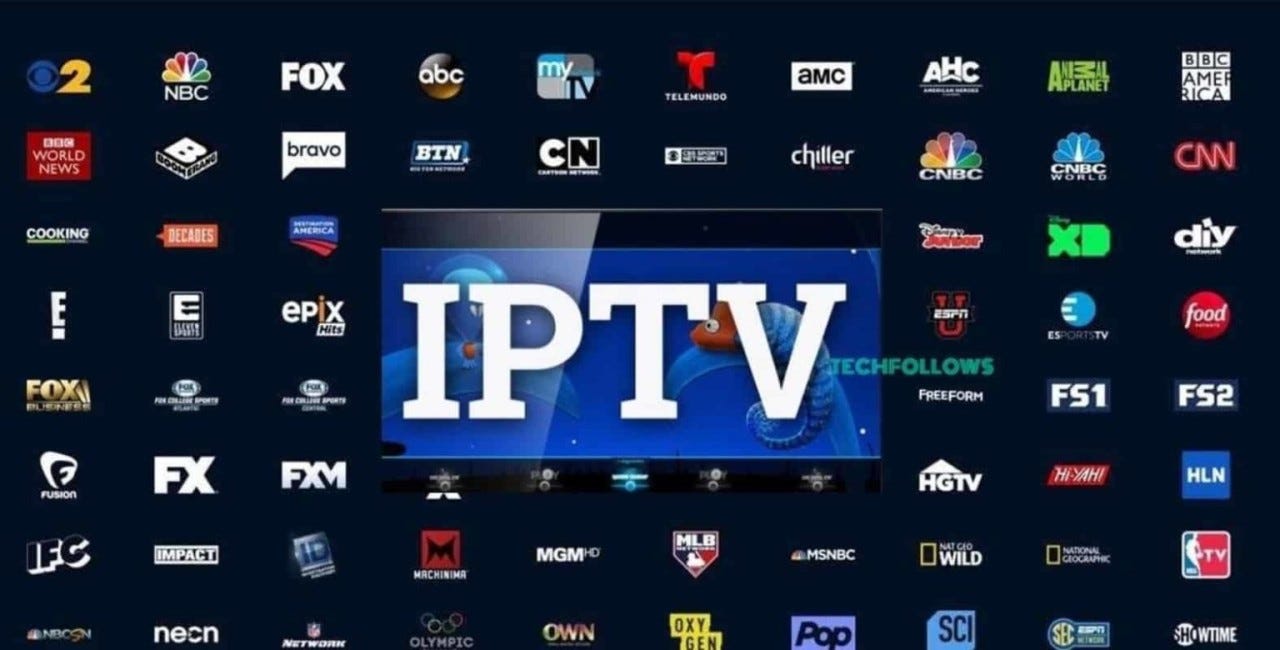Open Unlimited Entertainment: Obtain Your IPTV Subscription Today!
Open Unlimited Entertainment: Obtain Your IPTV Subscription Today!
Blog Article
Just How IPTV Works: A Step-by-Step Overview to Internet Protocol Television Innovation
Internet Procedure Television (IPTV) has actually changed the means we take in television material, using a new world of possibilities with the power of the net. Recognizing the intricacies of how IPTV functions can lose light on the technology that drives this cutting-edge type of media delivery. From the basic principles of IPTV to the complicated procedure of material shipment, each step plays a vital role in making sure a seamless viewing experience. In this overview, we will discover the underlying systems that make IPTV an interesting blend of innovation and enjoyment.
IPTV Fundamentals
In recognizing IPTV fundamentals, it is essential to grasp the essential workings of this technology in providing television web content over the net. IPTV, which stands for Web Protocol Tv, utilizes Net Protocol (IP) networks to transfer tv content to customers' tools. Unlike conventional methods of broadcasting tv content through cord or satellite signals, IPTV streams media via high-speed net links.

In addition, IPTV enables interactive capabilities, such as video on need (VOD) and digital program guides (EPG), boosting the customer experience by offering more control and versatility in accessing content. In general, recognizing the fundamentals of IPTV establishes the foundation for discovering its more advanced performances and the benefits it provides to modern-day television usage.
Content Distribution Refine
Effective web content distribution in IPTV systems includes a well-structured process that ensures smooth transmission of television content over IP networks. The material distribution process in IPTV begins with the creation of the video clip content, which is then inscribed into electronic style ideal for IP transmission. This inscribed content is then safely stored on web servers referred to as media web servers. When an audience demands specific web content, the IPTV system obtains the requested data from the media web servers and supplies it to the viewer's tool over the internet.

Middleware Capability
With the combination of middleware, IPTV systems gain boosted functionality that enhances user communication and content management. Middleware acts as an essential part that connects the void in between the interface and the back-end infrastructure, helping with seamless communication and communication within the IPTV system. Among the vital features of middleware in IPTV is to enable individualized customer experiences by providing attributes such as interactive program overviews, video-on-demand solutions, interactive advertising, and individual preferences management. By centralizing these capabilities via middleware, company can supply a much more dynamic and tailored IPTV experience to their customers.

Device Compatibility
Given the essential function of middleware in allowing smooth interaction and web content monitoring in IPTV systems, a crucial facet to take into consideration is the compatibility of tools made use of for accessing the IPTV solutions. Device compatibility is essential for making sure a smooth user experience and optimum performance when accessing IPTV web content.
In the context of IPTV, gadget compatibility refers to the ability of a tool to effectively communicate with the IPTV service, show material appropriately, and sustain the necessary procedures and codecs for streaming video content over the net. Various devices, such as clever TVs, set-top boxes, smartphones, tablet computers, and computers, might have varying levels of compatibility with IPTV solutions.
To make certain a seamless viewing experience, it is necessary for users to select devices that are compatible with the specific IPTV solution they are using. Furthermore, IPTV provider must provide support for a wide range of tools to accommodate the diverse needs of their customer base. By focusing on gadget compatibility, both individuals and provider can boost the general IPTV experience.
Quality of Service (QoS)
Considering the critical role of keeping a high requirement of directory performance and integrity in IPTV systems, making sure constant High quality of Solution (QoS) stays a fundamental element of the user experience. QoS in IPTV refers to the capacity of the system to supply web content with marginal interruptions, high resolution, and fast loading times.
Solution companies use QoS systems such as traffic prioritization, buffering, and error adjustment to preserve a steady IPTV solution. By prioritizing IPTV web traffic over less time-sensitive information, carriers can ensure smooth playback also during optimal use hours. Buffering assists compensate for click reference network fluctuations, while error adjustment strategies boost information stability.
Continual monitoring and optimization of QoS criteria are important to adapt to changing network problems and customer demands. Ultimately, a robust QoS framework is crucial for providing a smooth and delightful IPTV experience to individuals.
Final Thought
In conclusion, IPTV operates with the transmission of television content over web protocol networks. Quality of Service plays an important function in preserving the performance and dependability of IPTV services - IPTV subscription.
Report this page